You cannot walk anywhere in Staffordshire without there being a rumour of a tunnel or some secret passageway beneath your feet. Whether you are in a town or village, or out in the countryside. It may be part of an old mine, we have plenty of them in Staffordshire. Or it may be a concealed tunnel used to escape an invading king, it may very well just be a secret passageway from one house to another.
Whatever type of secret, underground hidey-hole it is, you can be sure that we have plenty of them in Staffordshire, you’ve just got to find them.
This article is part of this week's podcast which you can listen to here;

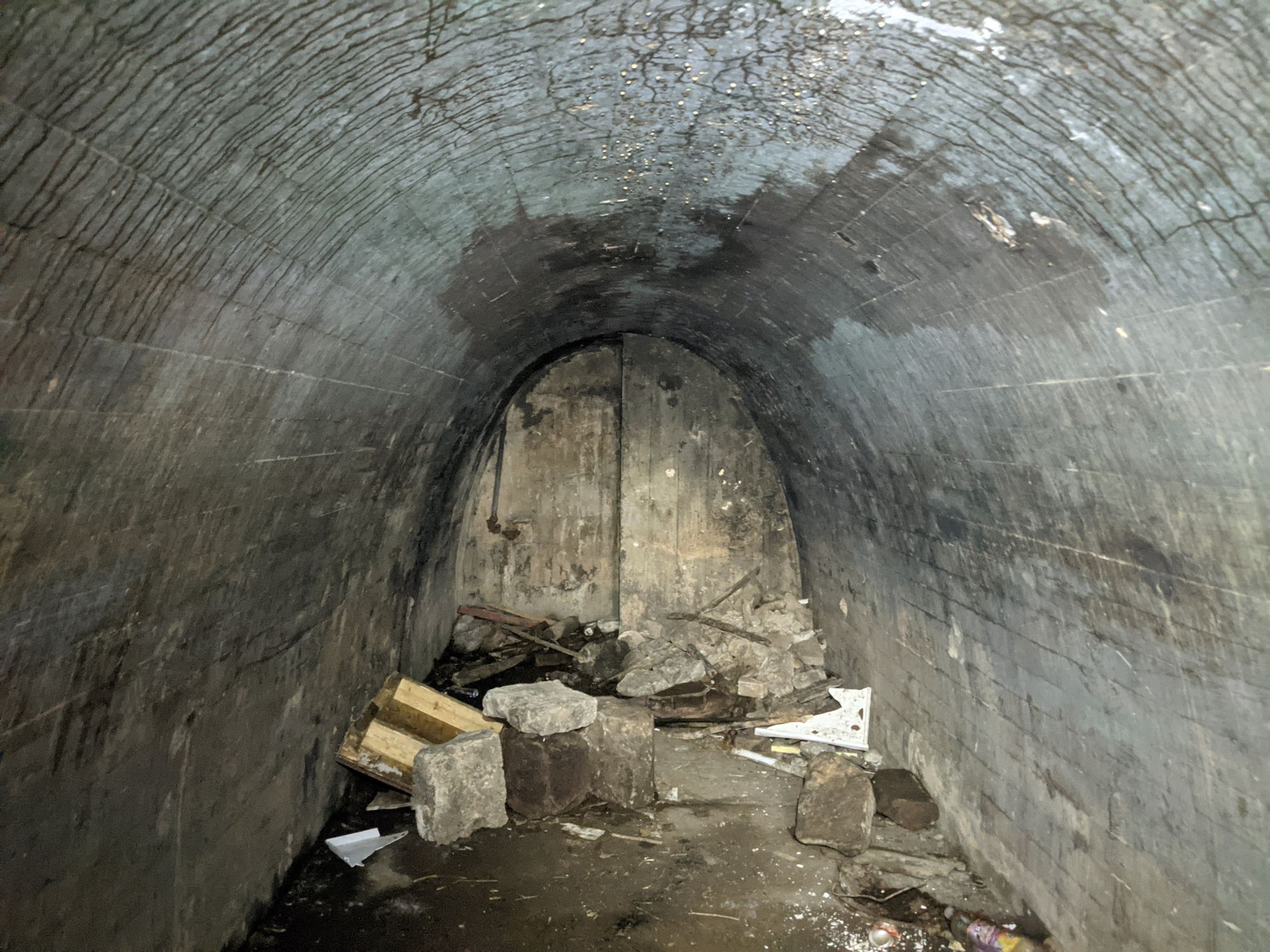
Tunnels Underneath Hulton Abbey Monastery
Growing up on the estate at Abbey Hulton gave me a clear advantage here, specifically that I have personally been inside one of these tunnels. Therefore, my awareness of their existence meant that this seemed like a good place to start my explorations.
The monastery at Abbey Hulton was built in the 13th century, it was a comparatively impoverished abbey, with one of the lowest incomes of all religious houses in Staffordshire. It was dissolved in 1538 by Henry VIII and the assets and land were sold. The abbey fell into ruin and by the 19th century, the site was being used for farming. In 1884 when work was being done to the drainage in the area, the abbey was discovered again. There were small excavations but nothing substantial until a programme of work by Stoke-on-Trent City Council between 1987 and 1994.
The ruins are now accessible to the public and on display and although the site is now a ‘Scheduled Monument’, due to the remains weathering and decaying, and the overall condition of the site being poor, it has also been recognised as ‘Heritage at Risk’.
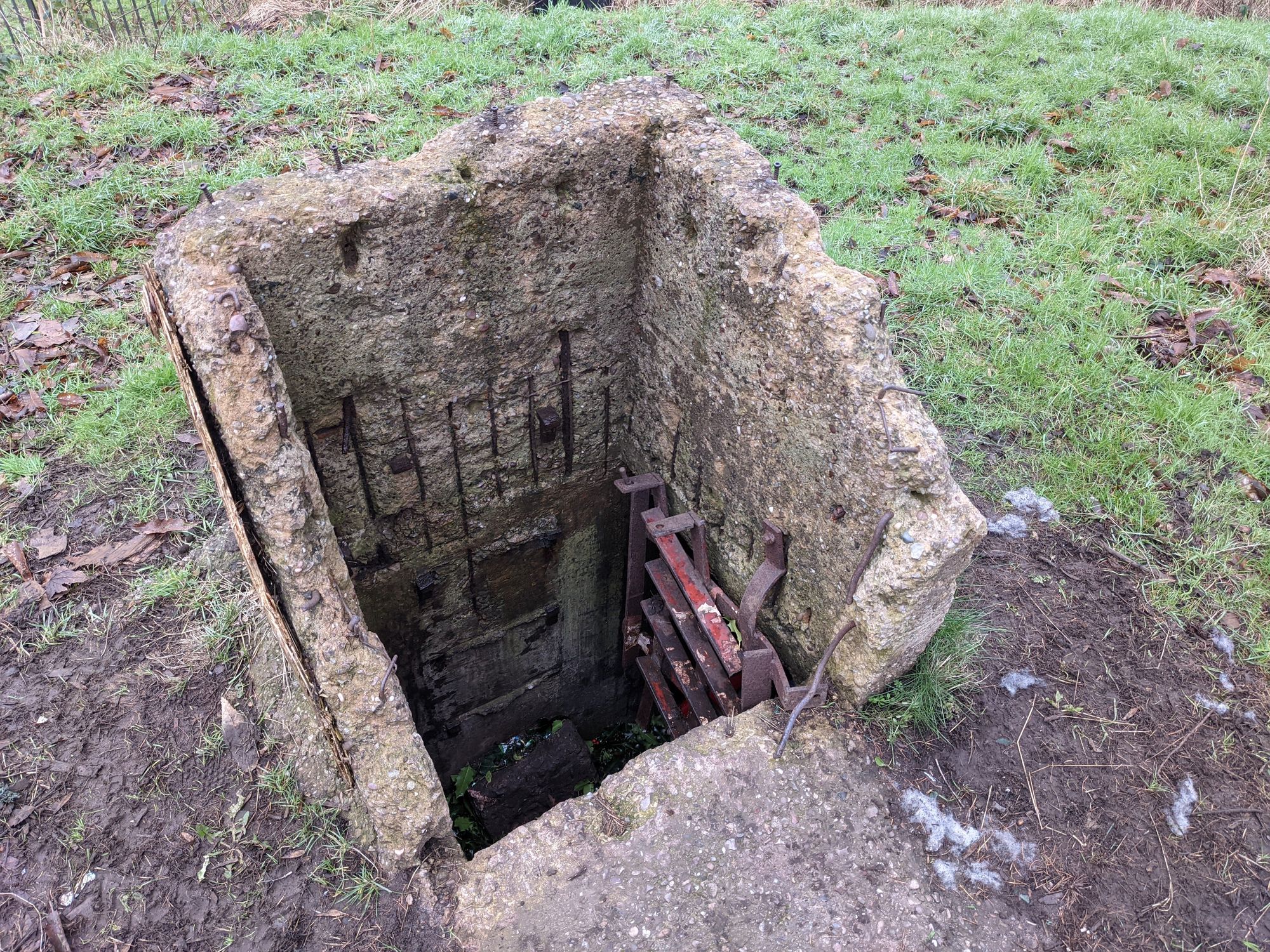
The entrances to the tunnels are there, in open view, for everyone to see. When you enter the car park for Hulton Abbey, they are on the right-hand side, off the car park, away from the fence to Leek Road. Two concrete blocks have been unceremoniously set on top of the entrances and then have been securely sealed and locked with metal mesh. One you can still see down into somewhat, the other, unfortunately, looks like it has been filled in. I recollect as a youngster going into the one nearest the car park and it had collapsed some 200 yards in, which seemed to be under the car park.
As it turns out, these were WW2 air raid shelters for Carmountside School that was built on the site in the 1930s. After the school was demolished in the 80s, it seems that they capped the shelters, but never got rid of them.
You can read more about this here - https://www.theredhairedstokie.co.uk/are-there-hidden-tunnels-beneath-abbey-hulton/
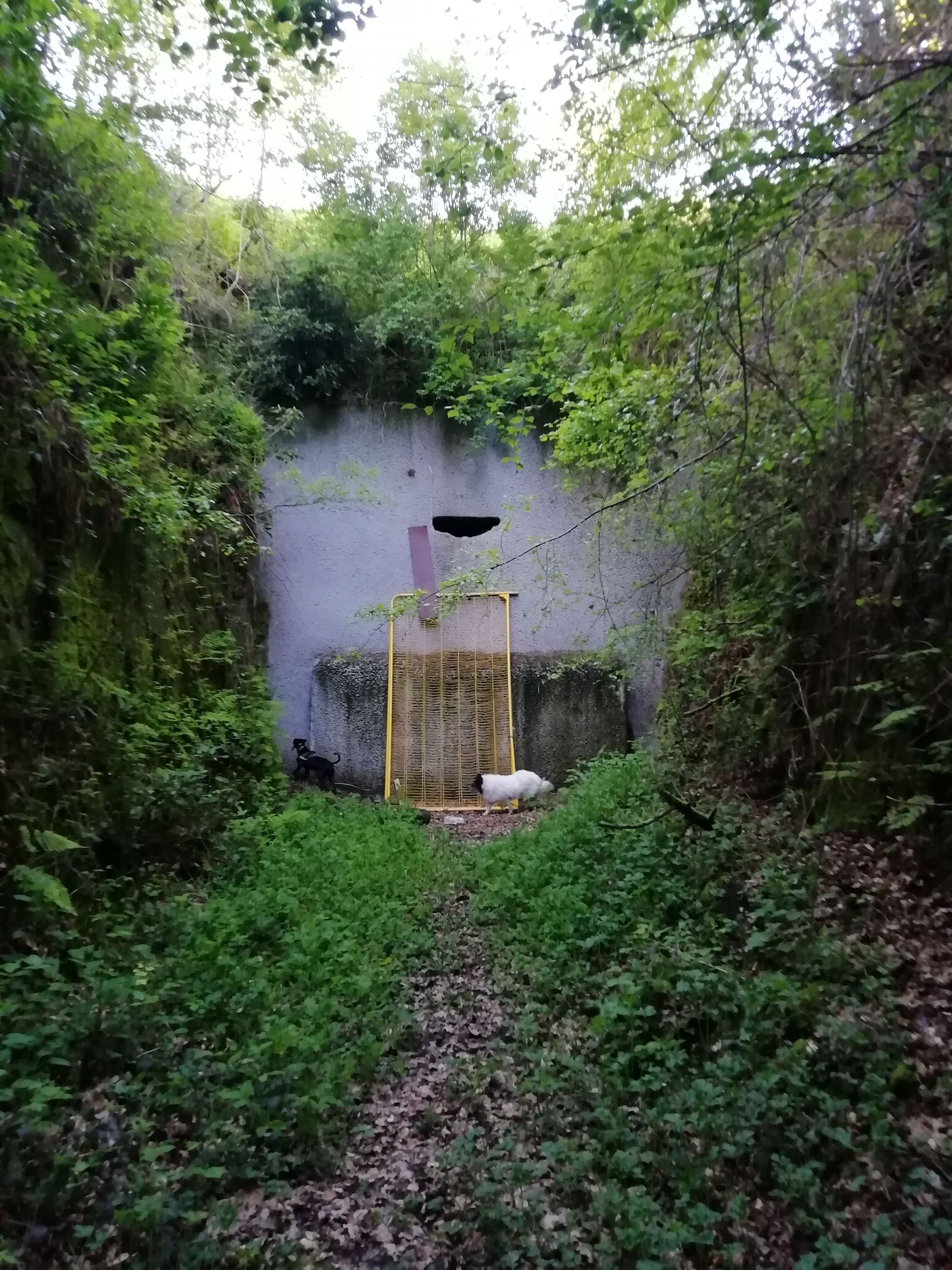
Draycott Cross Colliery
If you have ever driven or walked through Draycott Cross, it may be difficult for you to imagine that there were ever any industrial structures here at all. It is just a modest, unassuming little area of the countryside. However, concealed underneath you, lost in the undergrowth, rests the tunnel of Draycott Cross Colliery.
There are several modest remains of forgotten open-cast mines in the area, marked on OS maps but still very well hidden. However, none compare to the size of the more modern colliery.
Construction on the tunnel began in 1898, it was finished and opened in 1909. Used as a train tunnel first, the railway began at Cresswell, ran to Totmonslow, then to Draycott Cross, through the tunnel and onto New Haden Colliery before entering Cheadle. It wasn’t in use for long though, as it was prone to collapse, despite efforts to strengthen it using steel loops.
Because of the collapse, in the 1930s a diversion was created which went around the other side of Huntley Wood, so the tunnel was left untouched for several years.
In the 1980s the front part of the tunnel was reopened as part of the Draycott Cross Colliery drift mine. Production was from adits just inside the southern part of the former railway tunnel. A two-foot gauge tramway was laid in the tunnel and the coal was moved using mine tubs, driven by cables.
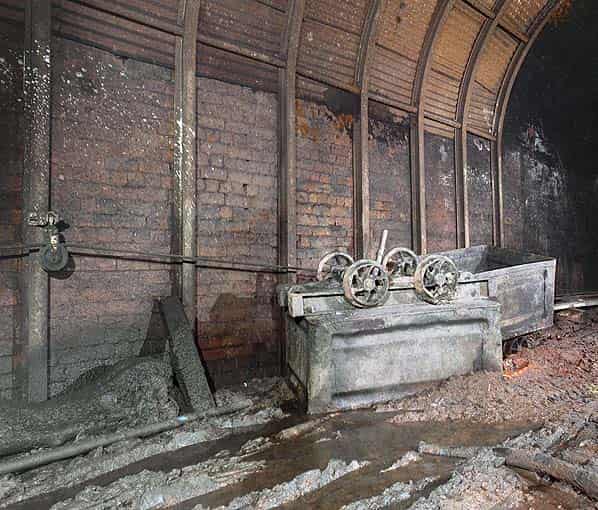
The colliery was short-lived though and it closed in 1991 and the adits were sealed. Many people have since explored the tunnel, despite it being sealed off. There are still many traces of its life as a colliery. The track is still there, as are the coal tubs and the cable haulage system and if you venture in far enough, you will come to the collapsed end in one tunnel and the flooded colliery in another.
What will the future bring for this ill-fated tunnel? No one knows, but as time goes on, fewer people are aware of its existence, and as the tunnel is now sealed up again, who knows when it may see the light of day once more?
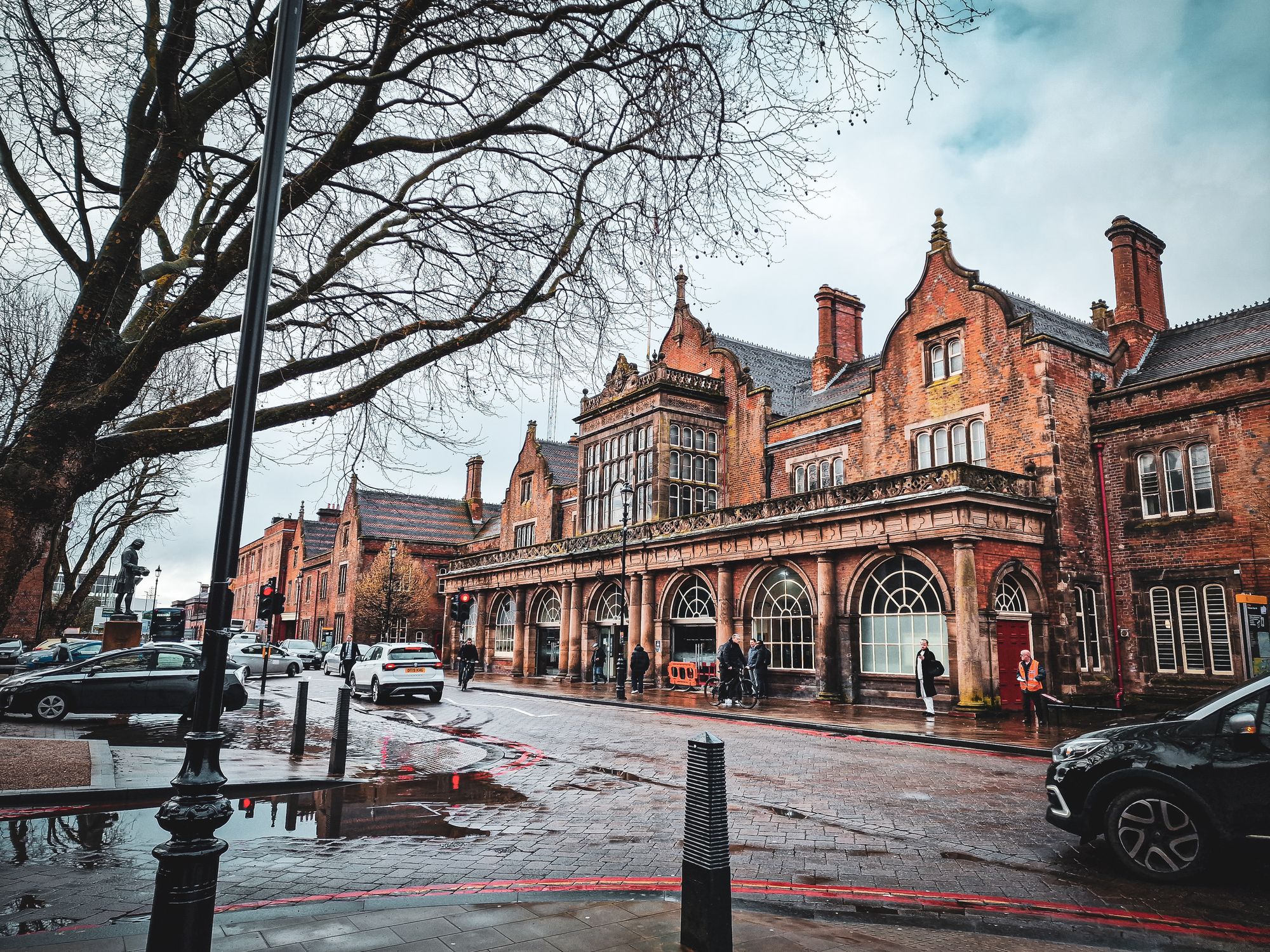
Tunnel underneath Stoke Station
Not all of the tunnels and passageways in Staffordshire are ancient and underneath castles and ruins. There is a whole web of vaults underneath Stoke Train Station that are accessed through a doorway at one end of the footbridge on the platform and runs the length of the station. The tunnel used to come out into the old goods yard at the end of the station.
It is brick built, and although abandoned now, used to be offices for the North Staffordshire Railway Company.
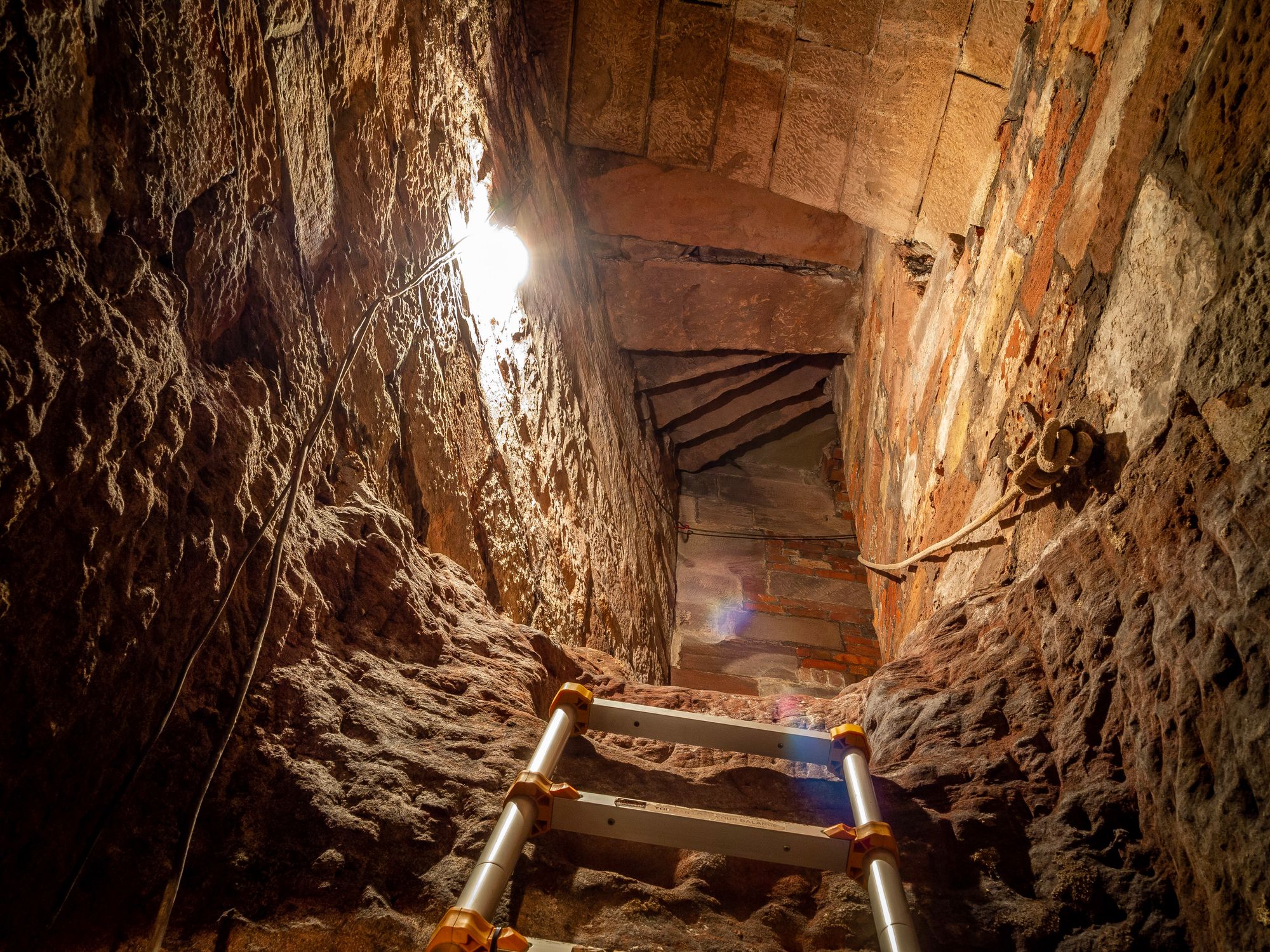
Tunnel underneath St Edwards Church, Leek
When a new central heating system was being installed underneath the church, an entrance was discovered to a mysterious tunnel. This tunnel is not in the undercroft of the church, it is actually below that. So a good couple of stories deep underneath the church.
No one seems to know what they are for when they were built or who dug them, there seems to be no record of them. The tunnel is made of various types of rock, so it seems that different sections of the tunnel were dug and built in different eras. From house brick to being dug into the bedrock of the church.
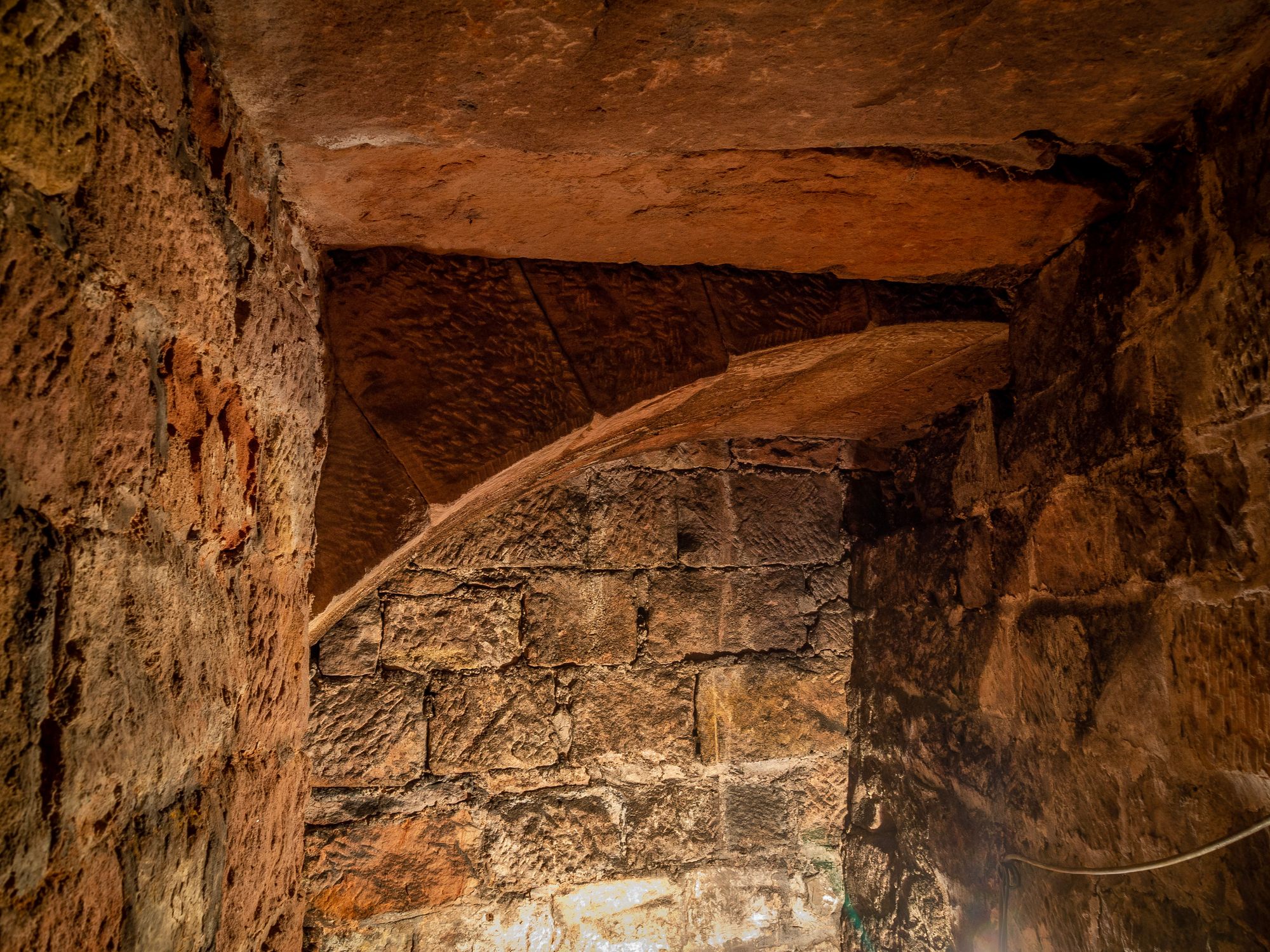
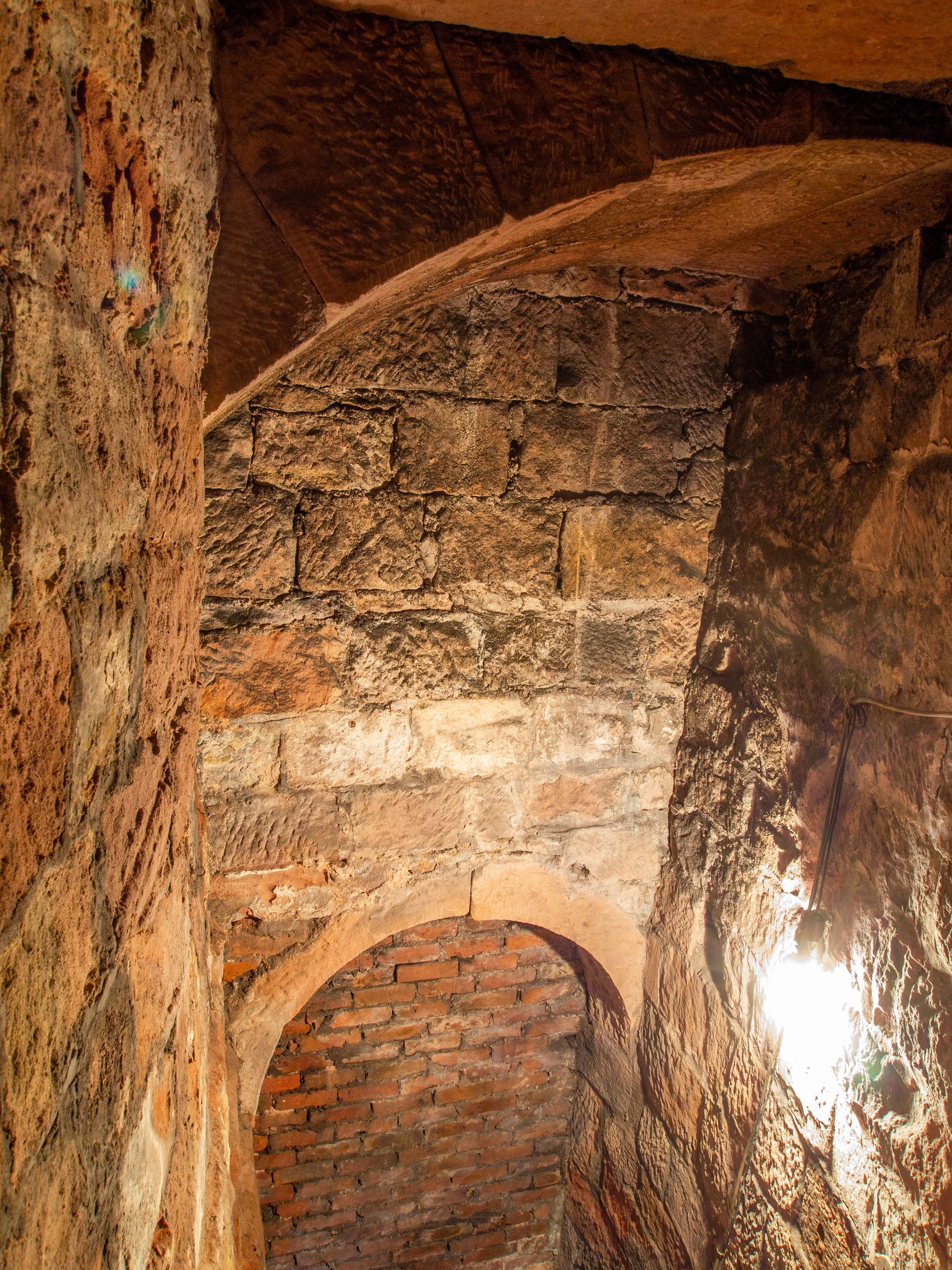
Some archways and steps lead to nowhere because they have been bricked up and it is all on different levels. So it is possible that the tunnels are longer but haven’t been opened up yet.
The circular steps at the end of the tunnel would have once emerged outside of the church, however, since the church was expanded it now means that the steps are capped and underneath where the altar is now.
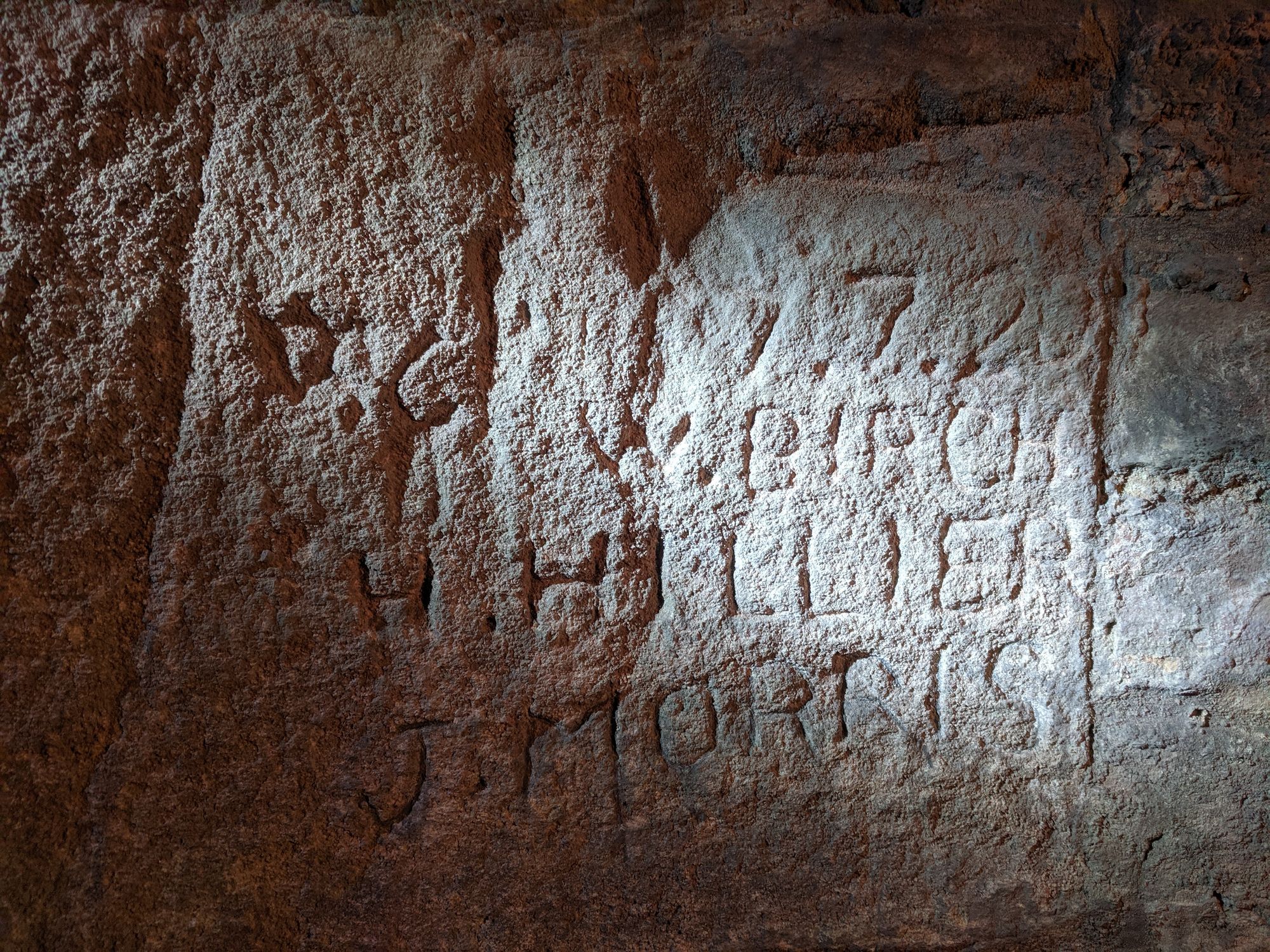
There is some old graffiti toom the names W Birch, J Morris, and H Hillier and the date 1720 is engraved into the stone, so we know the tunnel dates back to the 1700s at least.
You can see a video I took in the tunnel here - https://www.tiktok.com/@jennatheravenuk/video/7189604636205141254
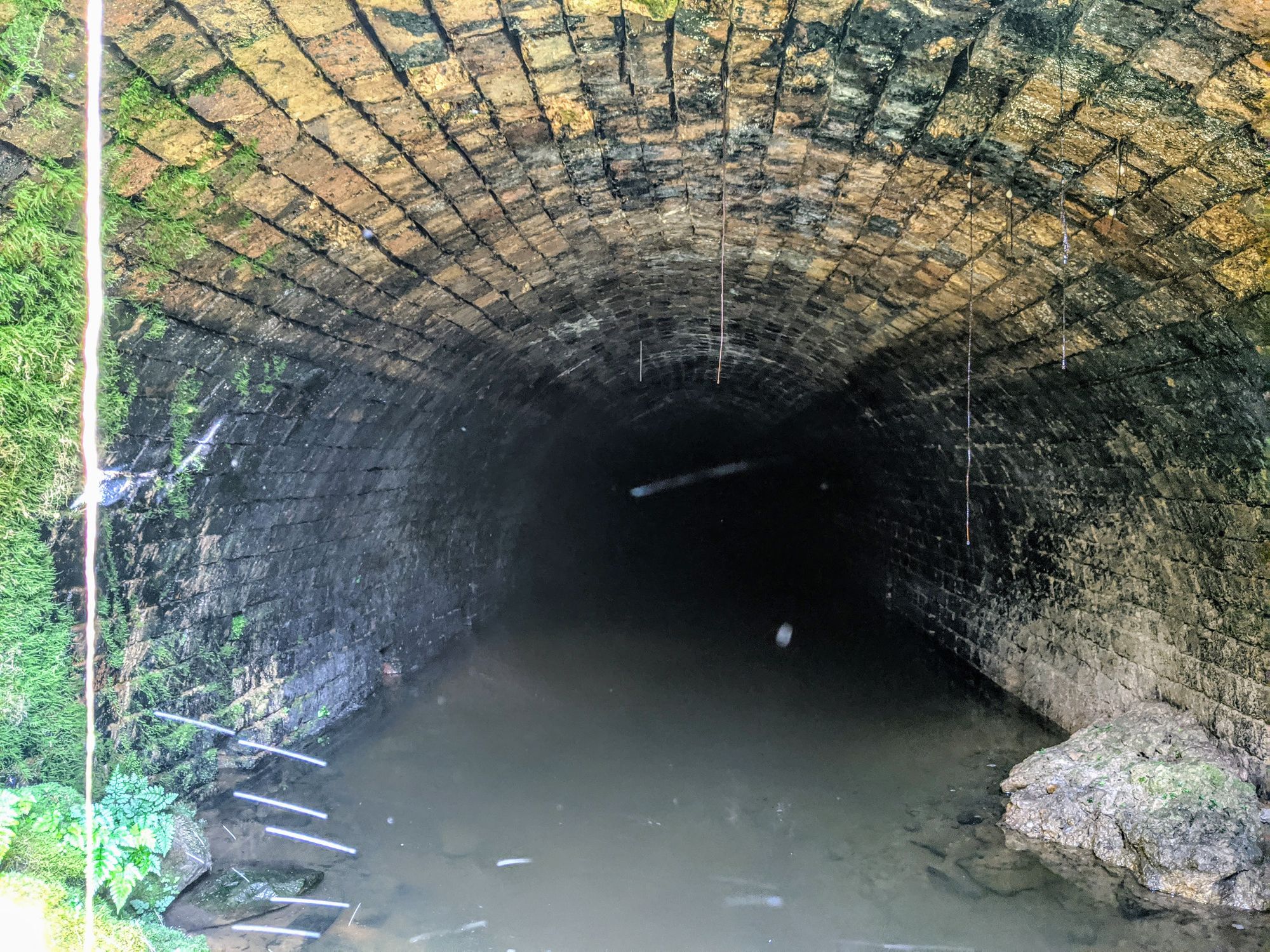
Mow Cop Tramway
Mow Cop is known for its castle, which sits high above the village. But we are looking down, way underneath the village, into a remnant of Mow Cops mining past.
The tramway was built in the 1820s to transport coal from the mines to the nearby canal. It was an early example of a self-acting incline, which meant that the loaded wagons would descend the steep slope under their weight, pulling up empty wagons in the opposite direction.
The tramway was in operation until the early 20th century, and the tunnel remained abandoned and forgotten for many years. In the 1960s, it was rediscovered by local cavers who were exploring the area. They found the entrance to the tunnel, which had been bricked up, and managed to enter the tunnel.
It is relatively unchanged since the 1800s and has even still got the wooden sleepers in there.
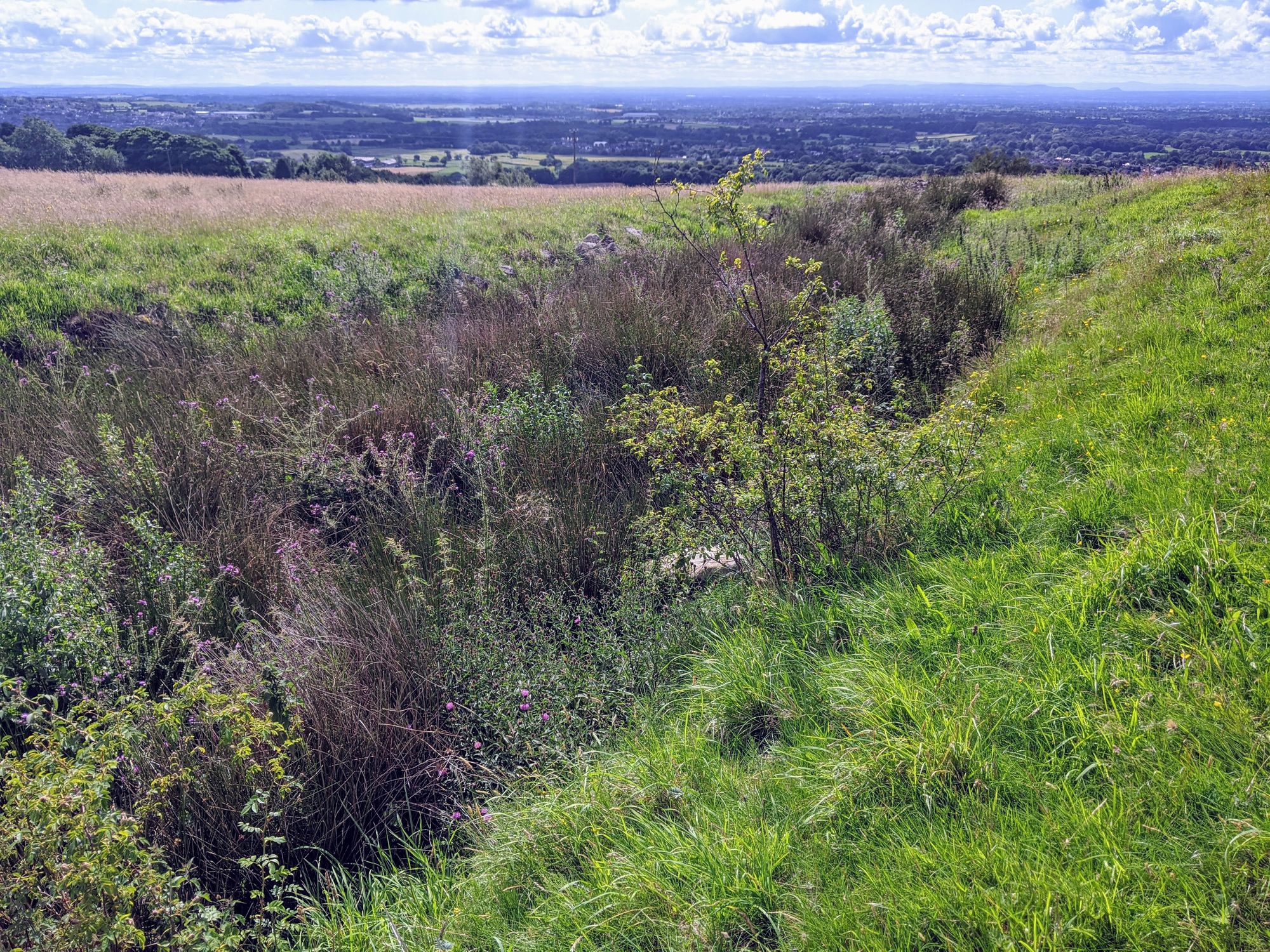
The entrance is hidden in a field and although it is on private land, people have been in and recorded the tunnel.
I go into more detail about the history of this tunnel on my blog here - https://www.theredhairedstokie.co.uk/mow-cop-tunnel-tramway/
There is a video inside the tunnel too if you would like to see inside from a local explorer, Dean Explores, so go and check out his YouTube channel for more local hidden history that he has explored. His video is on the post.
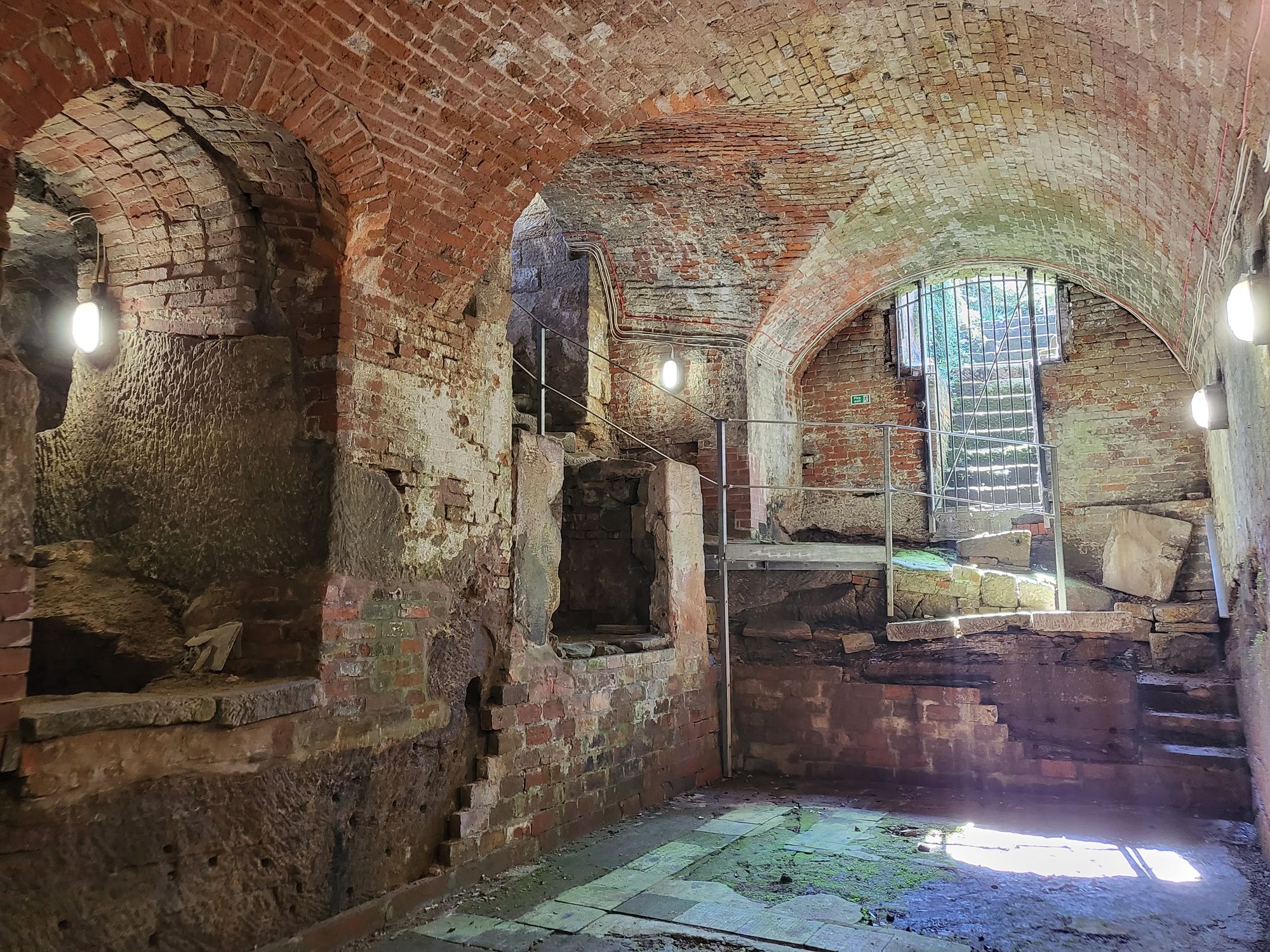
Tunnels under Alton
Alton, although better known for Alton Towers, is a very old village with a castle that dates back to the 12th century. I don’t mean Alton Towers, or the castle on the hill now, I mean the ruins on the grounds of the current castle.
Next to the castle is St Peter's church, which also dates from the 12 century. It is underneath this church that tunnels lie.
Now I don’t know if the tunnels are accessible from inside the church because I haven’t yet investigated that far. But they are from the outside they are built straight into the cliff side underneath the church.
There are two old stone outside toilets in the churchyard, and next to these, is a tunnel, if you venture into the dark, damp and spider-filled tunnel, it seems to lead you underneath the church. Again though, there is no record of this tunnel or what it is for, but it is one that I am currently investigating, so make sure to follow me for updates!
A couple more tunnels in Alton, one is under the Malt House and is open to the public for tours occasionally. The huge areas underground were the granary, underground malt kiln and cellars and they were opened and restored thanks to a grant from English Heritage after 300 years!
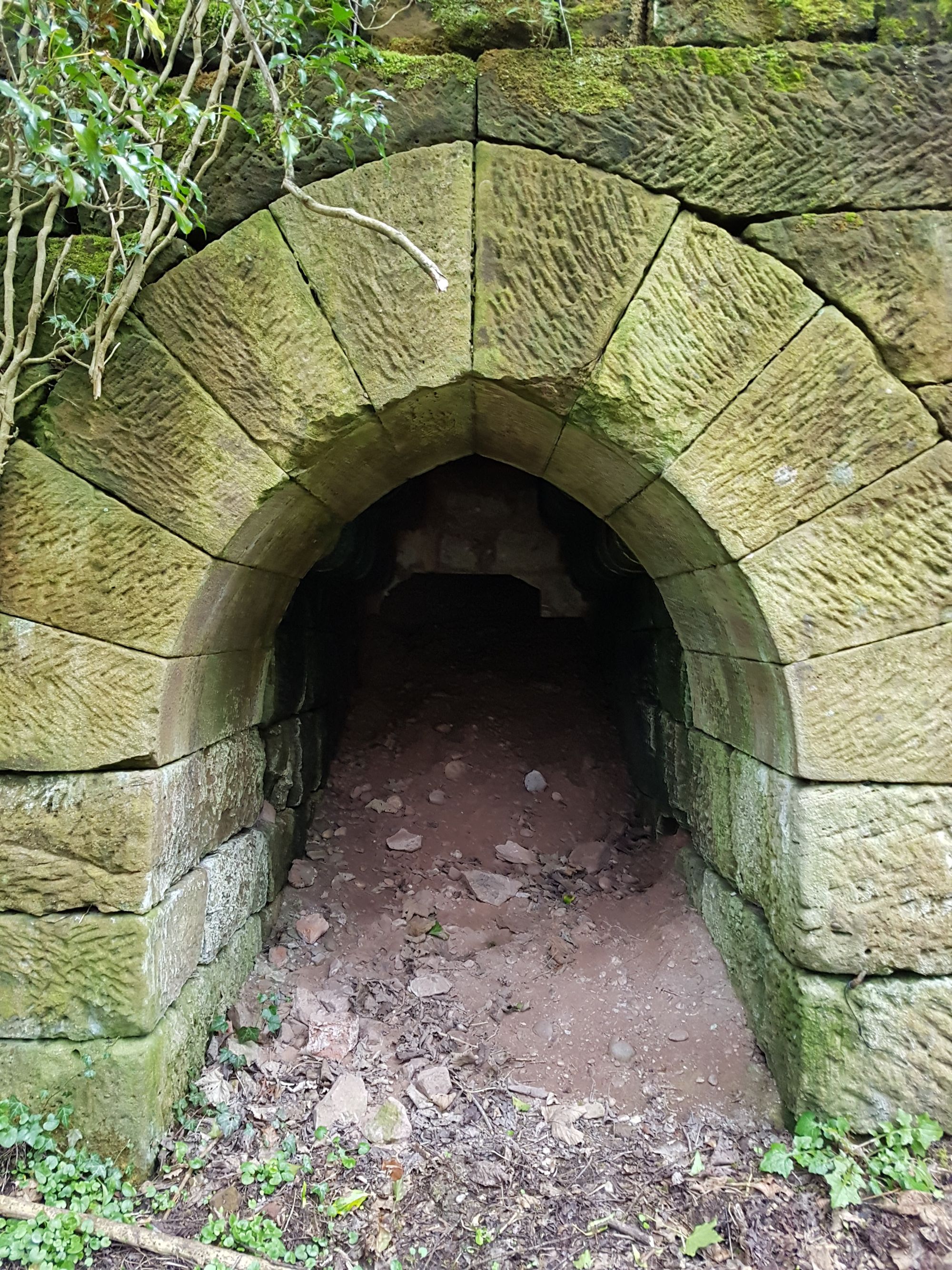
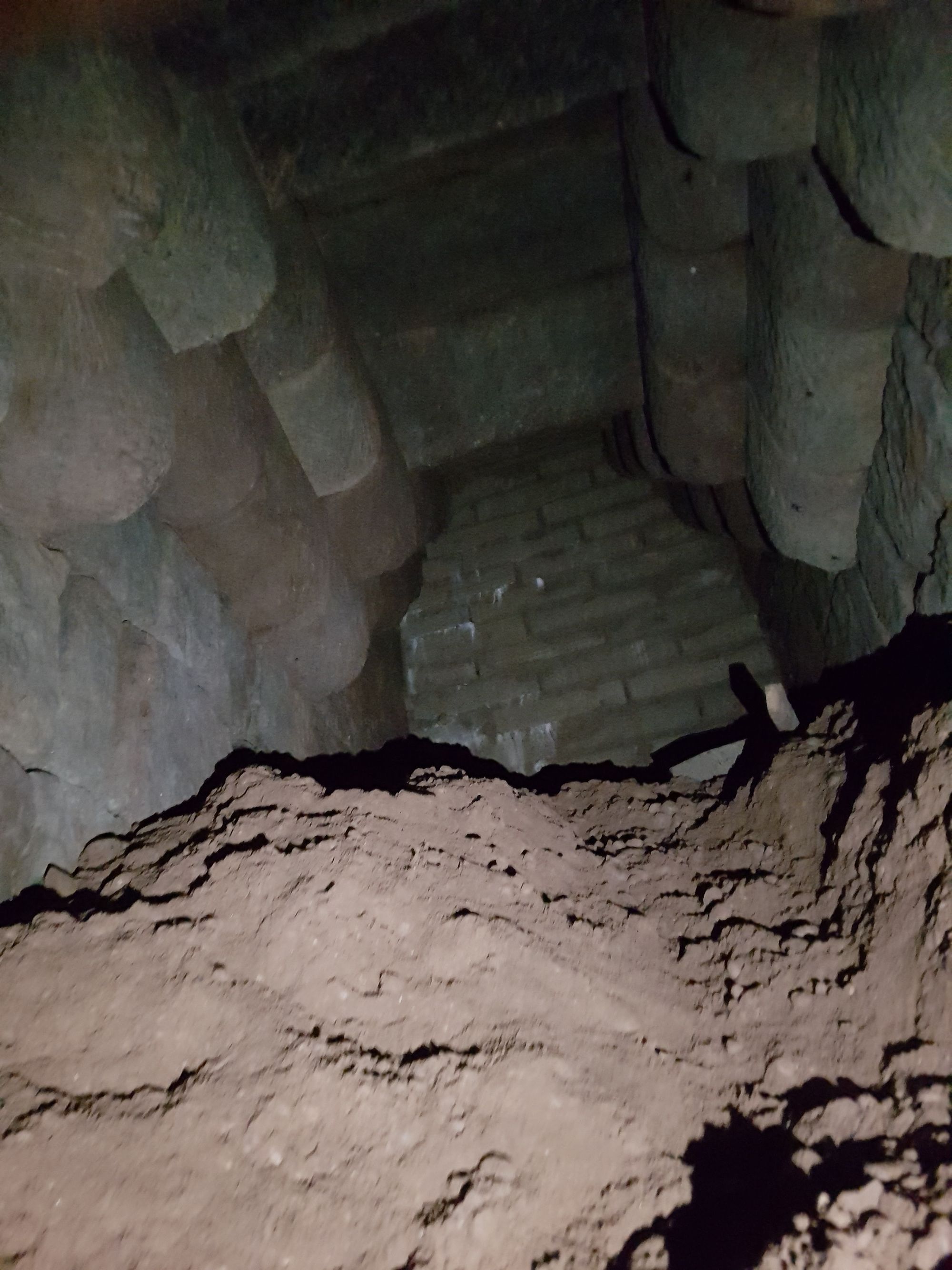
There is one more tunnel that I know of in Alton and it is accessed from New Road and ran underneath a building that used to be Lord Shrewsbury/Wild Duck. It is unfortunately blocked now a couple of meters in because when they were rolling the driveway the steam roller fell through the roof of the tunnel! So it had to be filled in and made safe above.
This tunnel did link to the other tunnels underneath The White House and The Bulls Head in the village, but I have yet to find these, so if anyone has info or access to these tunnels, please do contact me!
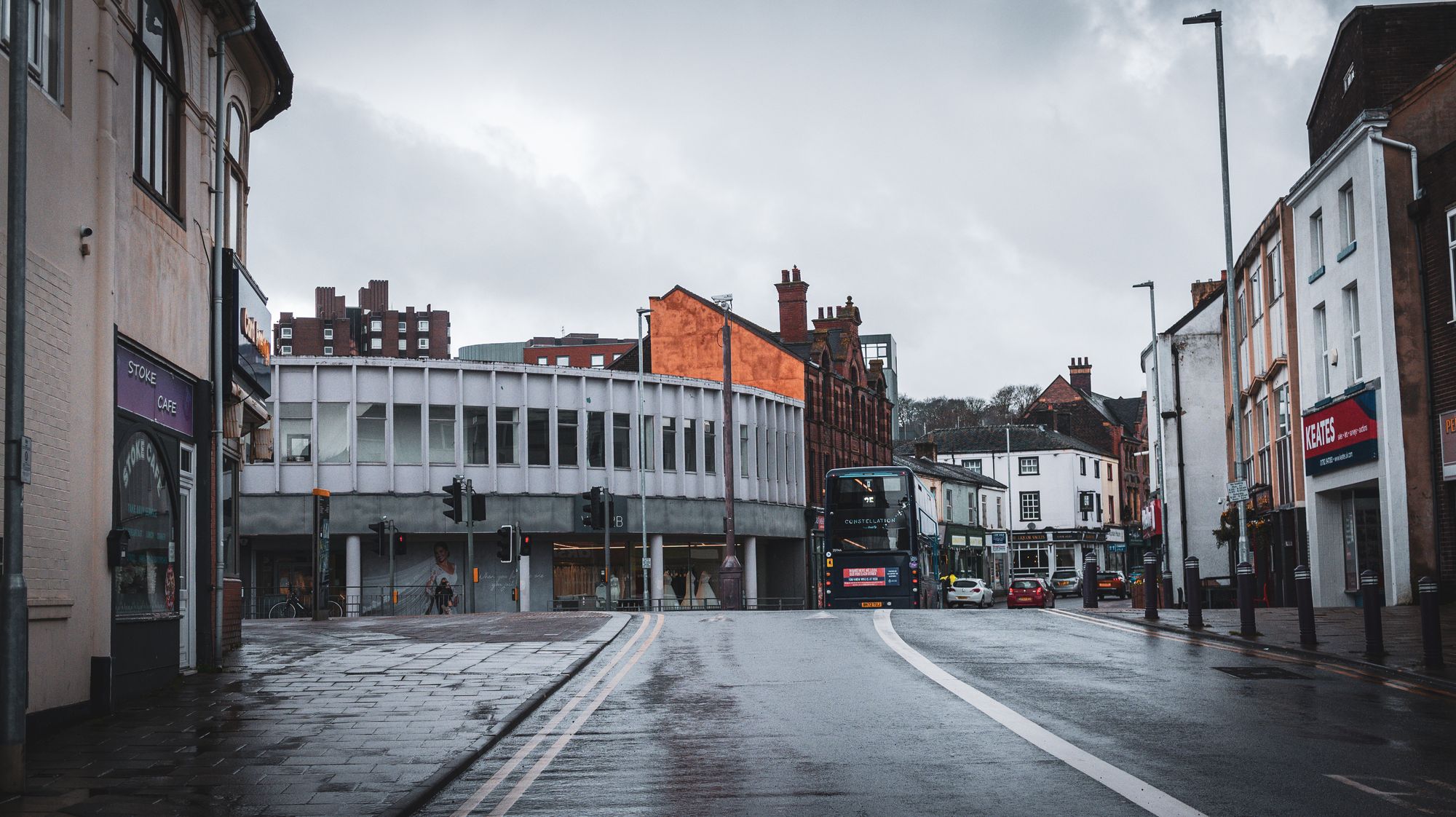
Canal tunnel underneath Campbell Place, Stoke
The old canal tunnel in Campbell Place, Stoke-upon-Trent, was originally constructed in the early 19th century as part of the Newcastle-under-Lyme canal that connected to the Trent and Mersey canal. It was used to transport goods such as coal, pottery, and other industrial materials. The tunnel was later abandoned and became derelict when the canal closed and was filled in.
During World War II, the tunnel was repurposed as an air raid shelter to protect residents from bombing raids. It was equipped with bunk beds, benches, and a ventilation system, and could accommodate up to 2,000 people. The shelter was used throughout the war, and many people have memories of taking refuge in the tunnel during air raids.
After the war, the tunnel was again abandoned and fell into disrepair. In the 1970s, it was discovered by local cavers who explored the tunnel and documented its features. Over the years, the tunnel has been the subject of various restoration proposals, but none have come to fruition.
Today, the entrance to the tunnel is not open to the public. Although recently the tunnel was damaged by contractors adding a new electricity supply to the Majestic Chambers, so we know it is still there and can be accessed.
The hump in the road in Church Street, Campbell Place is where the tunnel is still beneath the road. I go into this tunnel in more detail on my blog - https://www.theredhairedstokie.co.uk/stokes-hidden-tunnel-lost-canal-and-its-victorian-hero/
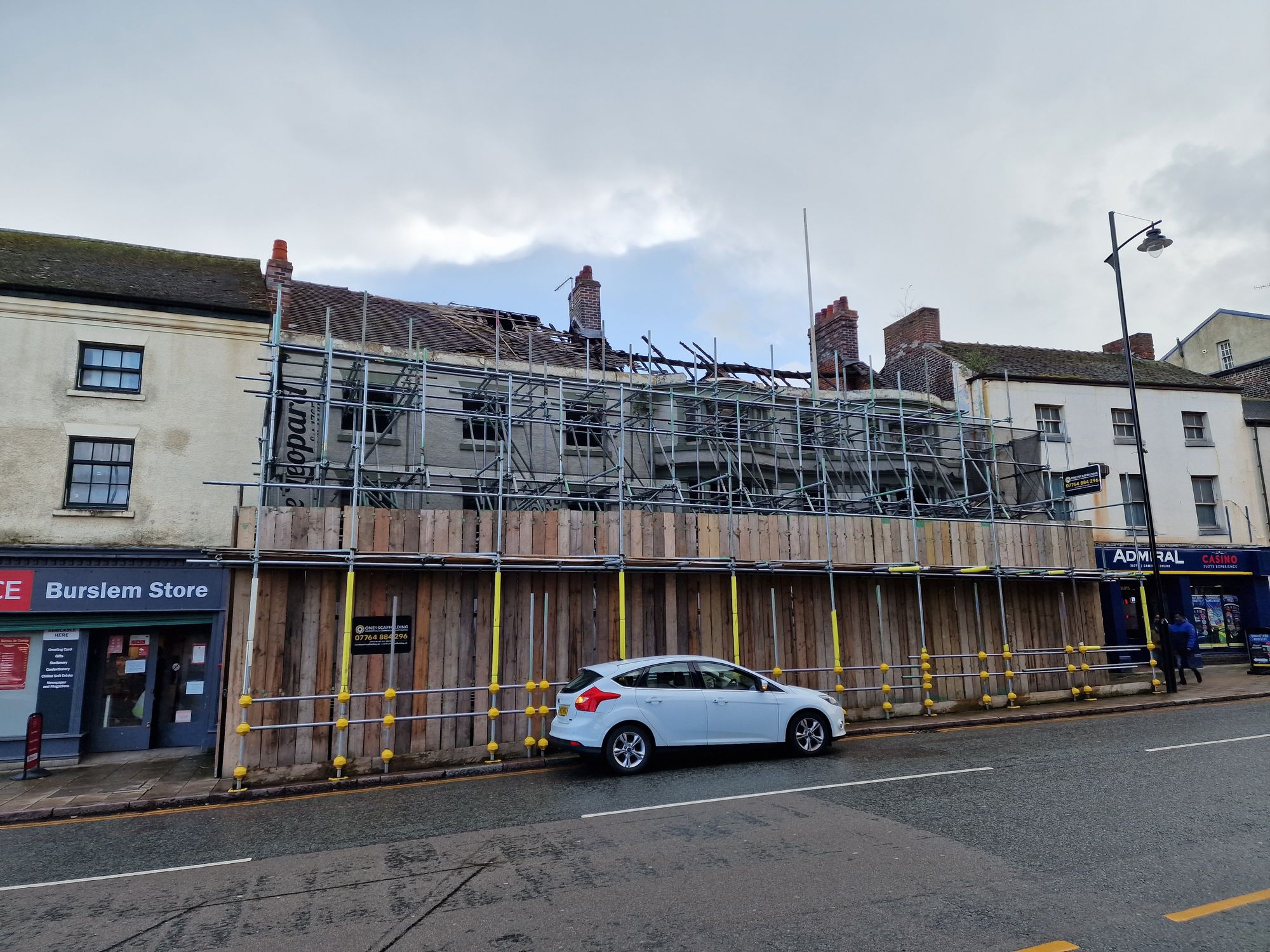
Tunnels under The Leopard, Burslem
I think I’d be daft not to mention the tunnels underneath The Leopard, Burslem. Unfortunately, as you know, The Leopard burned down in January 2022 and is still sitting in a sorry, blackened and half-demolished state.
I wrote a detailed history of The Leopard here if you would like to read it -https://www.theredhairedstokie.co.uk/theleopardburslemend/
Back in the early 00’s the landlord Neil Crisp opened up the whole hotel at the back, with all of the rooms that had been left for years.
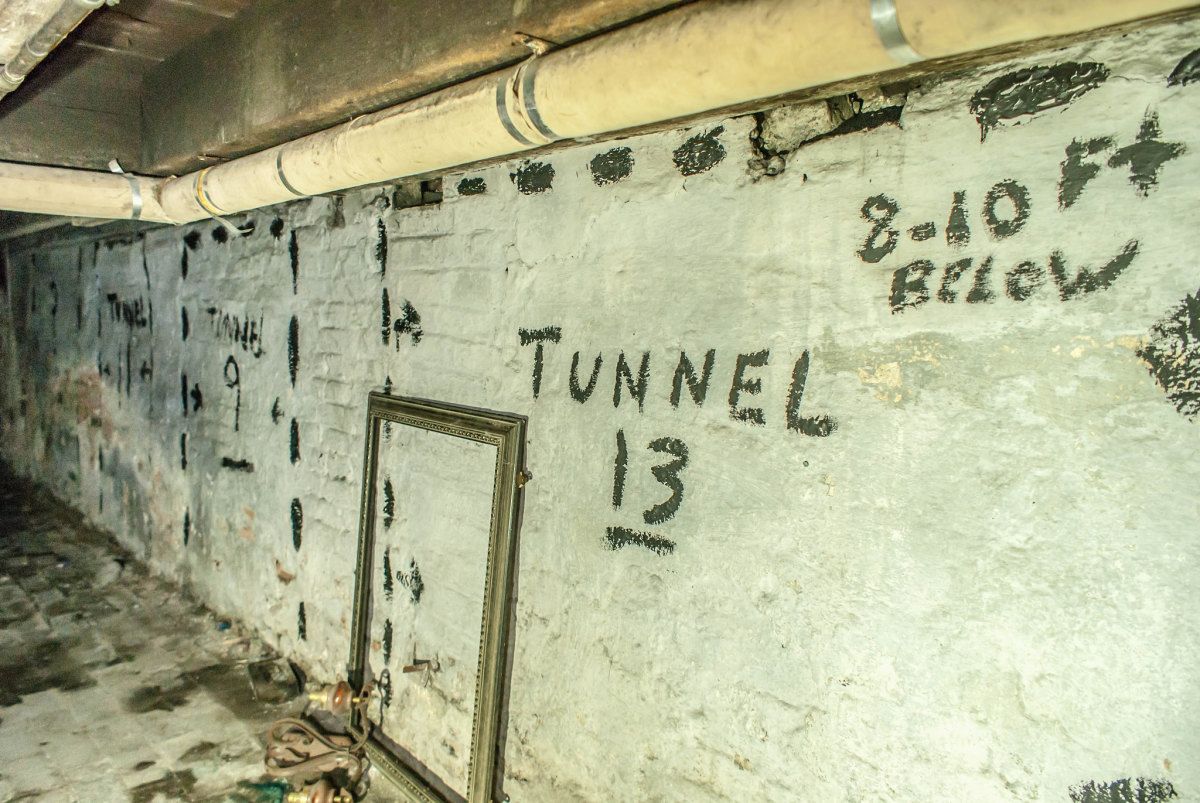
But what he also discovered were tunnels, marked on the walls and in the plans of the building. These tunnels were unfortunately never opened, but it did start a spate of people researching and trying to discover what they were for.
It seems that one went to the old Norris brewery across the road, which stood where Ceramica once stood, and one went to the town hall, where the remnants of it can be found in the basement. I had the pleasure of being allowed into the basement of the town hall to view this and I will add the photos to my blog. (I also went onto the roof when the scaffolding was up, on there and on The Leopard, but that’s a story for a different day).
The only thing I think is if they do have to demolish The Leopard, let us hope that whatever is done next, they have to dig down to the foundations, and we will finally be able to solve an age-old Burslem mystery. It’s just a shame we might have to sacrifice one of Burslem's oldest and most iconic buildings in the process.
Thank you for reading!
If you like what you have read, please feel free to support me by following and signing up for my newsletter and/or buying me a coffee!
Thank you.

I use the British Newspaper Archive to help with my research and you can sign up for a free trial here.
If you are interested in your local and family history, you can sign up for a free trial of Find my Past and access all archived local records and find your past.
Check out my recommended reading list






